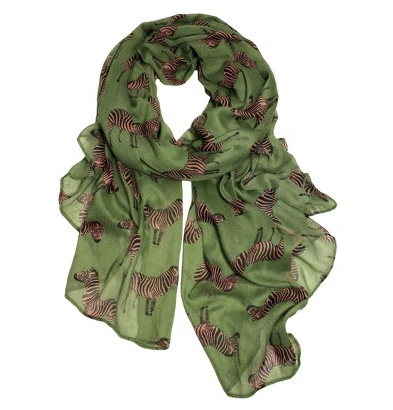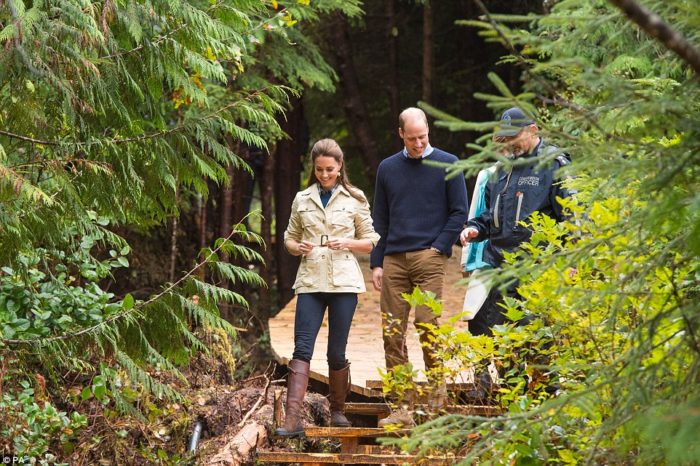
Dutch Oven Cooking Basics
Last night I dreamed I was cooking dutch oven peach cobbler at work for my annual performance review. I was very anxious, and believed my job hinged on the outcome of this meal. Fortunately, in the end, the cobbler turned out well, but I awoke to the crushing reality that there indeed no warm, freshly-baked peach cobbler lying next to me in bed–just a hairy husband!
Feeling inspired by last night’s dream, I wanted to share a few basics about dutch oven cooking. It is an easy to acquire skill and comes in handy if you ever go camping or want to use the coals from your backyard bbq.
So, what exactly is dutch oven cooking? It is a method of cooking food in a cast iron oven by placing hot coals under and/or on top of it.
It’s a tradition as old as Texas, dating back in pioneer days, when people needed to cook hearty meals on the trail and didn’t have time for lots of steps and 99 pieces of equipment. By nature, dutch oven cooking is about simplicity and comfort food.
How do you become a Dutch oven chef?
- Buying your first oven. Decide what size oven to purchase based on how many people you will usually be cooking for. Or, give it a shot in the dark and buy the 12″ like I did many years ago. Eventually you can add to your Dutch oven repertoire as needed.
- My dutch oven has legs, and that allows me to stand it up over the coals. If I were to buy another dutch oven, I’d probably get one without legs so I could easily put it in my regular oven at home.
- Season it. When you first get the oven home, rinse it, dry it well, and coat the inside with bacon grease or vegetable shortening. I recommend the grease. Pop it in the oven for 30 minutes at 300. Repeat this process once more.
- Do not use soap when cleaning the oven. If you scrub with a brush and use warm water, your dutch oven will be safe to cook in. Using soap will ruin the seasoning. If the pioneers did it this way, and survived, and I’m here to show for it, then I can accept it as sanitary.
My dutch oven needs some TLC as you can see from the patches in the picture above. It didn’t like being left in a closet for two years while I lived in DC. I’m working it over with bacon grease regularly.
Back in pioneer days they didn’t have dishwashers or fancy soap, so their ovens naturally developed a patina or “seasoning” over time.
- Keep your recipes simple. They taste just as good, and allow you more time to relax and enjoy the outdoors.
The last thing you want to be doing while all of your compadres are telling stories around the campfire is worrying about where you put the arugula.
- Store your dutch oven in a dry place with the lid ajar or with cloth towel under the lid. I have a designated towel and two oven mitts as my official D.O. cooking equipment, and I store it all together in a closet. I don’t want to take my nicer towels and oven mitts on the camping trip as they will get ashes and dirt on them. Plus, when I need to pack for a trip, this stuff is already all together.
- Buy a good cookbook that gives instruction on caring for the D.O., how many coals to cook with for each recipe, and other details. I like Dutch Oven Cooking with Tony Cano.
- One piece of dutch oven equipment you’ll need is a lid lifter. The lid gets HOT, too hot to handle. Below is the one I have. I just recently got a new shorter one for Christmas that I like a lot better.
One piece of metal slides down and hooks the lid while the other keeps it steady.
- Bring oven mitts with you for handling the hot hot hot oven.
- Pre-measure your ingredients before leaving and store them in ziploc bags.
Lastly, don’t get so focused on the cooking process that you fail to enjoy your time outside!

















3 Comments
Pingback:
Pingback:
Pingback: